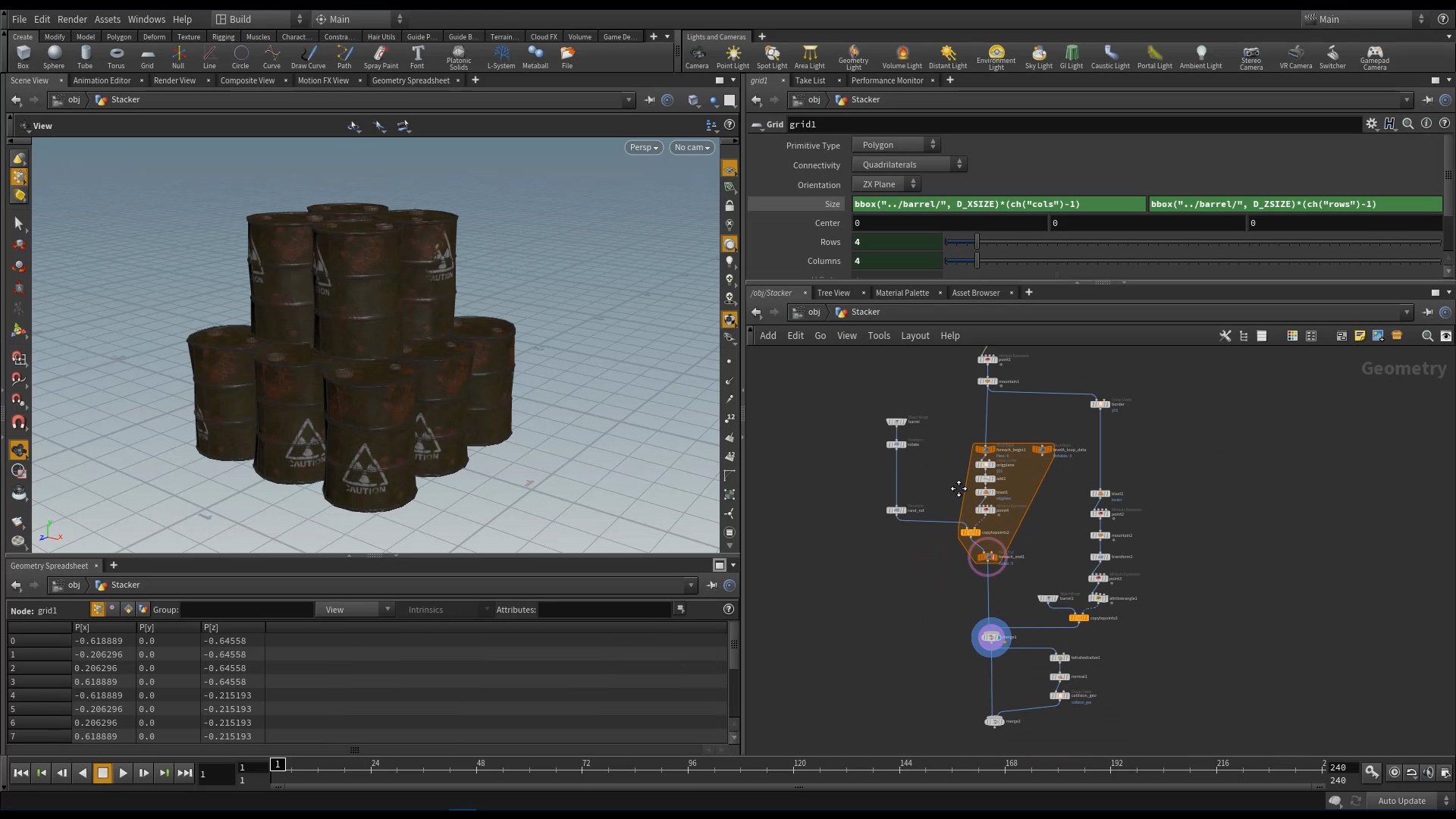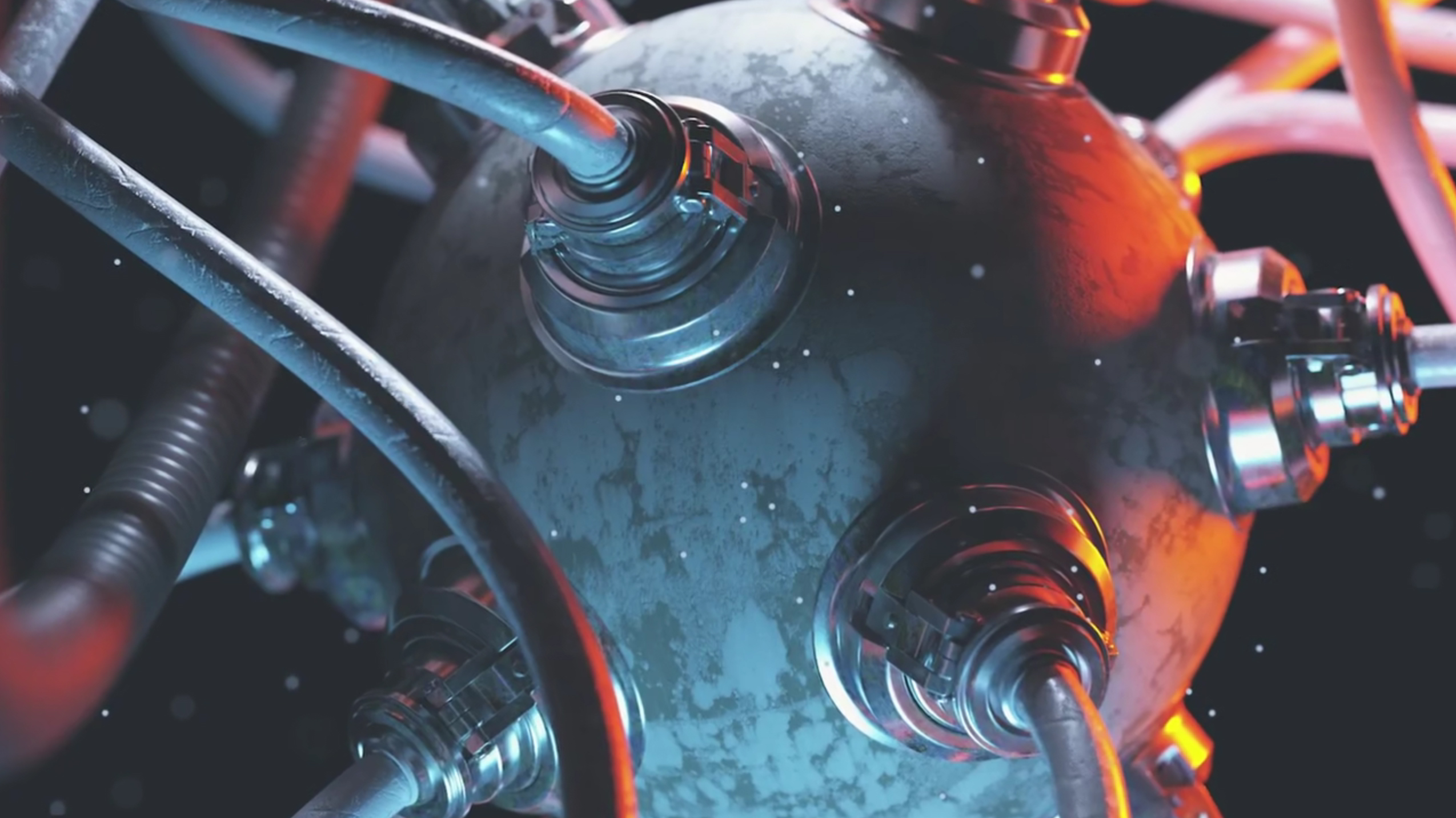

In the main menu, select Render > Render > vray.Now that a material has been set and the Material node is displayed, the objects is rendered with the selected material: In the Material node’s properties, open the Floating Operator Chooser next to the Material property, to select a material for the surface, and in the hierarchical display, expend the mat network, and select the wanted V-Ray Material: create a new Material node:Ĭonnect the sphere primitive SOP node’s output to the new Material node’s input, make sure it is displayed by clicking the right most node button so it’s highlighted in blue. In the obj network, double-click the wanted geometry object to enter its SOP network, and inside its SOP. Select the V-Ray Material node, name it, and set it’s material settings: In the mat network, right click and select V-Ray > Material > V-Ray Material to create a V-Ray Material node: * If no light sources are added, The image will be rendered using default lighting. To add light sources, In the V-Ray shelf, press the wanted light source button, click the 3D view-port to create the light node, transform it to the wanted location/orientation, and set it’s settings: Note, that the Physical Camera exposure settings are setup by default for physical sunlight illumination levels (EV 14), so in many cases, after adding the Physical Camera properties, unless these settings are tuned, your scene will render darker. This will add a new V-Ray tab to the Camera node’s properties, containing V-Ray Physical Camera properties. With the Camera node selected, press the Physical Camera button in the V-Ray shelf. Note that the rendered image resolution is set in the Camera node’s View properties:Īdding V-Ray Physical Camera properties to the Camera: Create a Camera node directly in the obj network by right clicking and selecting Render > Camera.press the Camera button, and click inside the 3D view-port to create a new Camera node.

Open the camera drop-down menu found at the top right of the view-port, and select New Camera.Ī new Camera node will be created and the view-port will be set to display the new camera view.* A V-Ray IPR node is needed for interactive rendering both in the Houdini view-port Region Render and in the V-Ray VFB.

This will open the V-Ray VFB (render window), and create both V-Ray Renderer and V-Ray IPR nodes in the out network. In the V-Ray shelf, click the Show VFB button.In the main menu, Select Render > Create Render Node > V-Ray.In the out network, add a V-Ray > V-Ray Renderer node.There are 3 ways to setup V-Ray as a render output option for your scene: Surface objects have to be of type Polygon, Polygon Mesh or Polygon Soup for V-Ray rendering: * It’s easy, the V-Ray Installation package’s name states the version:įull installation instructions on the V-Ray for Houdini documentation:Īdding the V-Ray tool shelve to the Houdini UI:Ĭlick the “+” button at the right of the available shelves, and from the list, select V-Ray.
#VRAY 6 FOR HOUDINI INSTALL#
so at the moment it has to be Houdini 18.0.460, so when getting started with this, take a moment to see exactly what Houdini build is the installation of V-ray built for and install that specific version of Houdini. I naively thought it would work with a later version of Houdini, I tried to install it on Houdini 18.0.499 thinking to myself “what can a couple of extra numbers do.” but I was wrong, It crushed. This post covers the most basic steps needed for rendering with V-Ray Next for Houdini.Īt the moment of writing this post V-Ray for Houdini supports Houdini version 18.0.460.


 0 kommentar(er)
0 kommentar(er)
